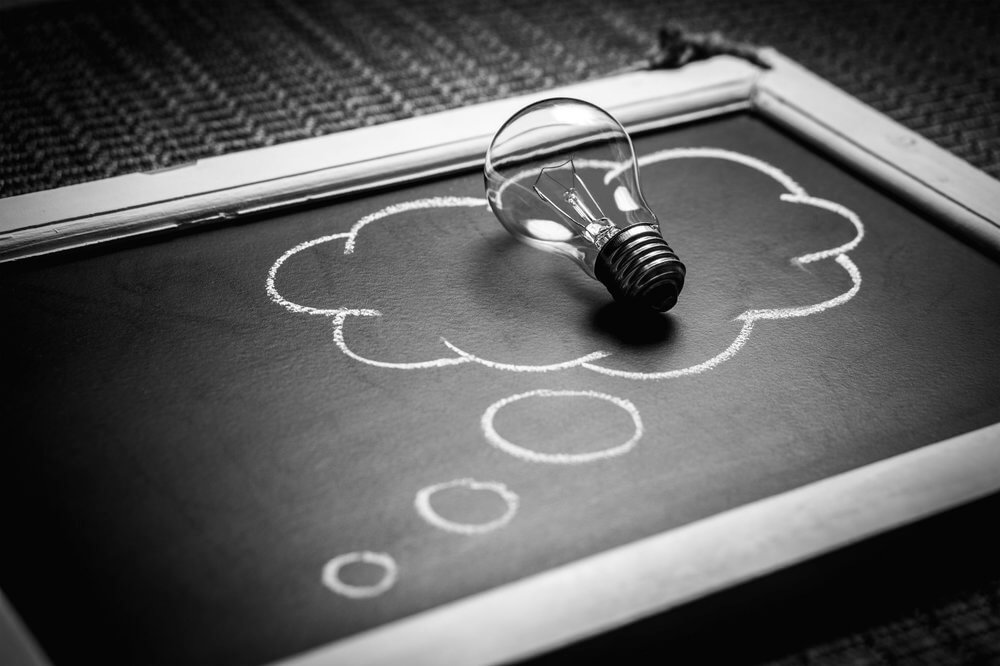Getting started with mindfulness practice

“You don’t need to like this, you just need to do it.”
— Jon Kabat-Zinn
In this blog post, we discuss some key things to consider when setting up a formal mindfulness practice.
1. Are you a lark or an owl?
When do you feel most awake? I would encourage you to identify a time for mindfulness and make that the consistent anchor point for your daily practice. Perhaps you commute by train or the tube and can use this time to practice; maybe getting up slightly earlier will enable some mindfulness practice; or perhaps some practice just before bed suits you best. The main thing is to remember that mindfulness is about making the time for practice rather then thinking we will find the time.
2. Location
If you are going to be practicing at home, find a consistent spot to undertake guided exercises. Try to find a place where you feel awake rather then where you go to sleep (when you first practice, you may realise how sleep deprived you are; people new to mindfulness often find themselves nodding off). When you are first practicing you may find it easier if the location you choose is quiet and a place where we will not be disturbed. Of course, if there is noise such as sirens, traffic or voices that just becomes part of our practice – your chosen location does not need to be completely silent.
3. Posture
When undertaking a training course in mindfulness you will make use of different postures – i.e., standing, lying down, walking or sitting. When starting a practice it helps to adopt a sitting posture to start with, as this helps you ‘fall awake’ rather then fall asleep! A straight-backed chair works better than the upholstered kind.
When sitting, it’s important that your buttocks are higher than your knees, as this takes the pressure off your hips and tilts your pelvis forward – this helps keep your back straight. You can always experiment with a small cushion or foam wedge under your buttocks if you have long legs, or place a cushion under your feet if you have shorter legs. You can also try to come away from the back of the chair, so your spine is self-supporting (if this is comfortable for you).
Once you are sitting in a comfortable sitting posture, you can close your eyes and look down the line of your nose; if you are not comfortable doing that, you can gaze down the line of your nose, looking at the floor with a soft gaze. Have your tongue rest on the roof of your mouth to encourage the air to circulate through your nose. Relax your shoulders and jaw, and rest your hands in your lap. When you have adopted this posture, check that your spine feels upright and aligned and that you feel comfortable and alert. You can always make some micro adjustments here before we start.
4. Guided practice
When starting mindfulness practice, using guided practices helps you stay in the present moment. During a mindfulness training programme, you will be provided with a variety of mindfulness exercises that will develop in line with your practice. A meditation app such as the ‘Insight Timer’ is also a useful resource as it is free to download and has a timer that you can use along with 1000s of guided practices.
5. Beginner’s mind
If you miss a day of practice, the mindset that will support you is ‘Beginner’s mind’ – i.e., just start again. There is no need to judge and criticise yourself – just remember that there is an opportunity to practice.
6. Creating a new habit
We know from neuroscience that our brains take their shape from what we are focussing on: mindfulness practice trains our attention and hard-wiring mindful awareness into our brains. The more we practice, the more we are strengthening these connections.
There is a great deal of scientific research to demonstrate the neurostructure changes in the brain which results from 8 weeks of mindfulness practice, such as a greater ability to regulate our emotions and concentration. So we can think of a mindfulness development journey as creating a new habit, a habit of waking up and being more in the present moment.
Repetition is one of the key phases of creating a new habit: the more we practice, the more we are hard-wiring mindfulness into our brains. As neuroscientists say “Neurons that fire together wire together,” and “if we don’t use it we loose it.”
We also need to consider reward as an additional important step – how are you going to reward yourself for practising mindfulness for the next week, or month or 6 months? It may also be worthwhile here to consider what has worked for us in the past in terms of creating new habits.
Mindfulness practice (MP3)

You can put the above tips into practice right away using our short mindfulness practice MP3, which covers mindfulness of breath and body. You can download the MP3 here (7MB), or stream it using the player below.
Get free coaching and mindfulness resources
Join our community for free and get a host of free resources, including our guide to becoming a professional coach, access to our coaching webinars, a free mindfulness e-kit and much more.
